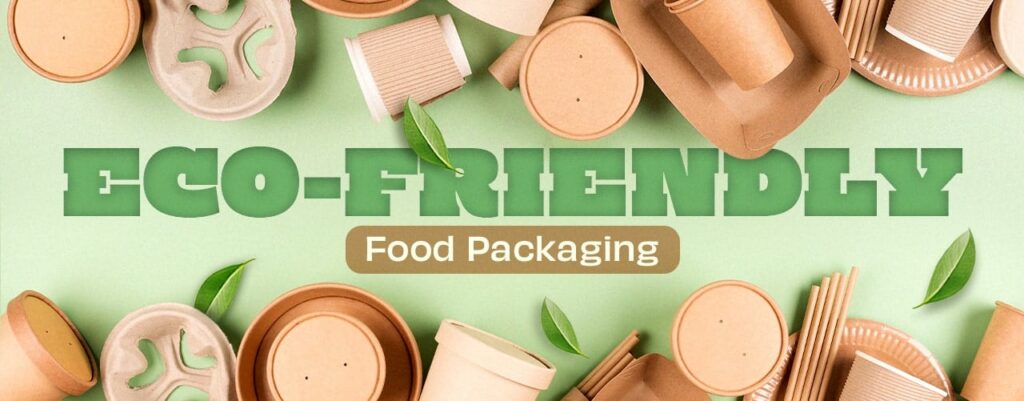As sustainability becomes a central focus in packaging design, the development of biodegradable and sustainable materials for closures—such as caps, lids, stoppers, and seals—has gained significant attention. Closures, though often small components, play a crucial role in maintaining product integrity, shelf life, and user convenience. Their environmental impact, particularly when made from conventional plastics, is increasingly being addressed through the use of eco-friendly alternatives.
1. Importance of Sustainable Closures
Traditionally, closures are made from petroleum-based plastics like polypropylene (PP) and polyethylene (PE), which are non-biodegradable and contribute to global plastic pollution. Transitioning to biodegradable and sustainable alternatives helps reduce the environmental footprint of packaging and supports circular economy goals. Sustainable closures can:
Lower greenhouse gas emissions during production
Decrease landfill waste
Enable composting or recycling at end of life
Enhance brand reputation through eco-conscious practices
2. Biodegradable Materials for Closures
Biodegradable materials decompose naturally under the action of microorganisms, typically within composting environments. Examples include:
a. Polylactic Acid (PLA)
Derived from renewable resources like corn starch or sugarcane
Compostable under industrial conditions
Commonly used for bottle caps and food container lids
b. Polyhydroxyalkanoates (PHA)
Biopolyesters produced by microbial fermentation
Fully biodegradable in marine and soil environments
Suitable for closures in personal care and food products
c. Starch-Based Plastics
Made by blending starch (typically from potatoes or corn) with biodegradable polyesters
Often used in agricultural and food packaging
Limited moisture resistance may restrict application
3. Sustainable Alternatives from Natural Materials
Besides bioplastics, natural materials offer low-impact, renewable options:
a. Cork
Harvested from the bark of cork oak trees without harming the tree
Naturally renewable and biodegradable
Commonly used for wine stoppers and cosmetic jar lids
b. Bamboo Fiber Composites
Made from bamboo mixed with biodegradable polymers or resins
Strong, lightweight, and fast-growing renewable resource
Used in caps for personal care packaging
c. Wood
Used in combination with bio-based or recycled linings
Offers a premium, eco-friendly aesthetic
Ideal for luxury product closures
4. Recycled Materials
While not biodegradable, recycled materials help close the loop in plastic usage:
a. Post-Consumer Recycled (PCR) Plastics
Recycled from used consumer products
Reduces virgin plastic consumption
Compatible with many standard cap and closure designs
b. Recycled Ocean Plastics
Collected from marine environments
Raises awareness of plastic pollution while promoting reuse
5. Challenges and Considerations
Despite the promise of sustainable closures, challenges remain:
Performance requirements: Closures must be durable, seal well, and resist environmental factors (e.g., moisture, oxygen).
Compostability standards: Materials like PLA require industrial composting facilities, which are not universally available.
Cost and scalability: Biodegradable and natural materials may be more expensive or limited in supply compared to traditional plastics.
Compatibility with recycling streams: Some bio-based plastics contaminate traditional recycling systems if not properly sorted.
6. Future Outlook
Innovation in material science continues to drive the evolution of sustainable closures. Brands are increasingly adopting hybrid solutions—combining bio-based resins, natural fillers, and recycled materials—to meet performance and sustainability criteria. As consumer awareness and regulatory pressures grow, biodegradable and sustainable closures will play a pivotal role in reducing packaging waste and advancing green design.


